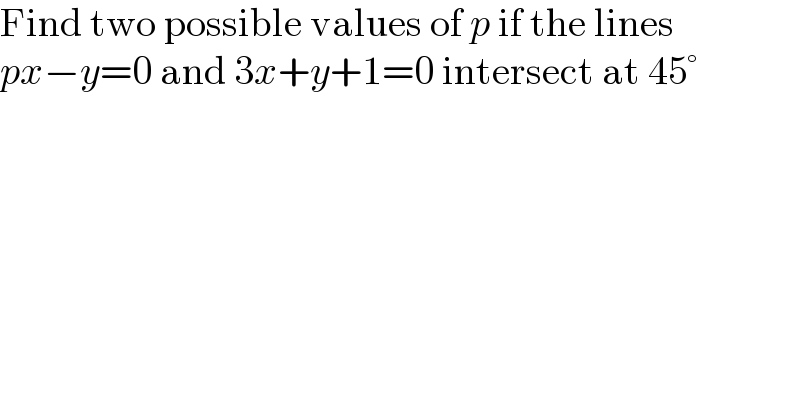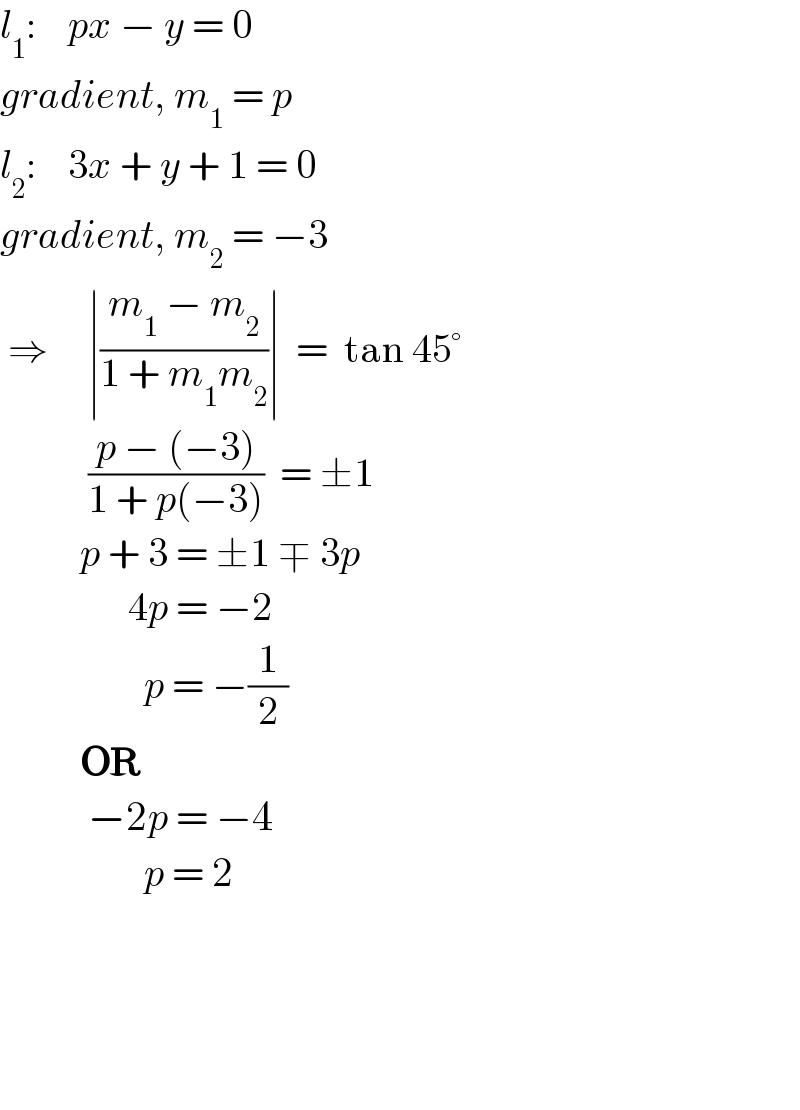
Question and Answers Forum
Question Number 151513 by pete last updated on 21/Aug/21

Answered by Olaf_Thorendsen last updated on 21/Aug/21

Commented by pete last updated on 21/Aug/21

Answered by nadovic last updated on 21/Aug/21

Commented by bramlexs22 last updated on 21/Aug/21

Commented by nadovic last updated on 21/Aug/21

Commented by pete last updated on 21/Aug/21

